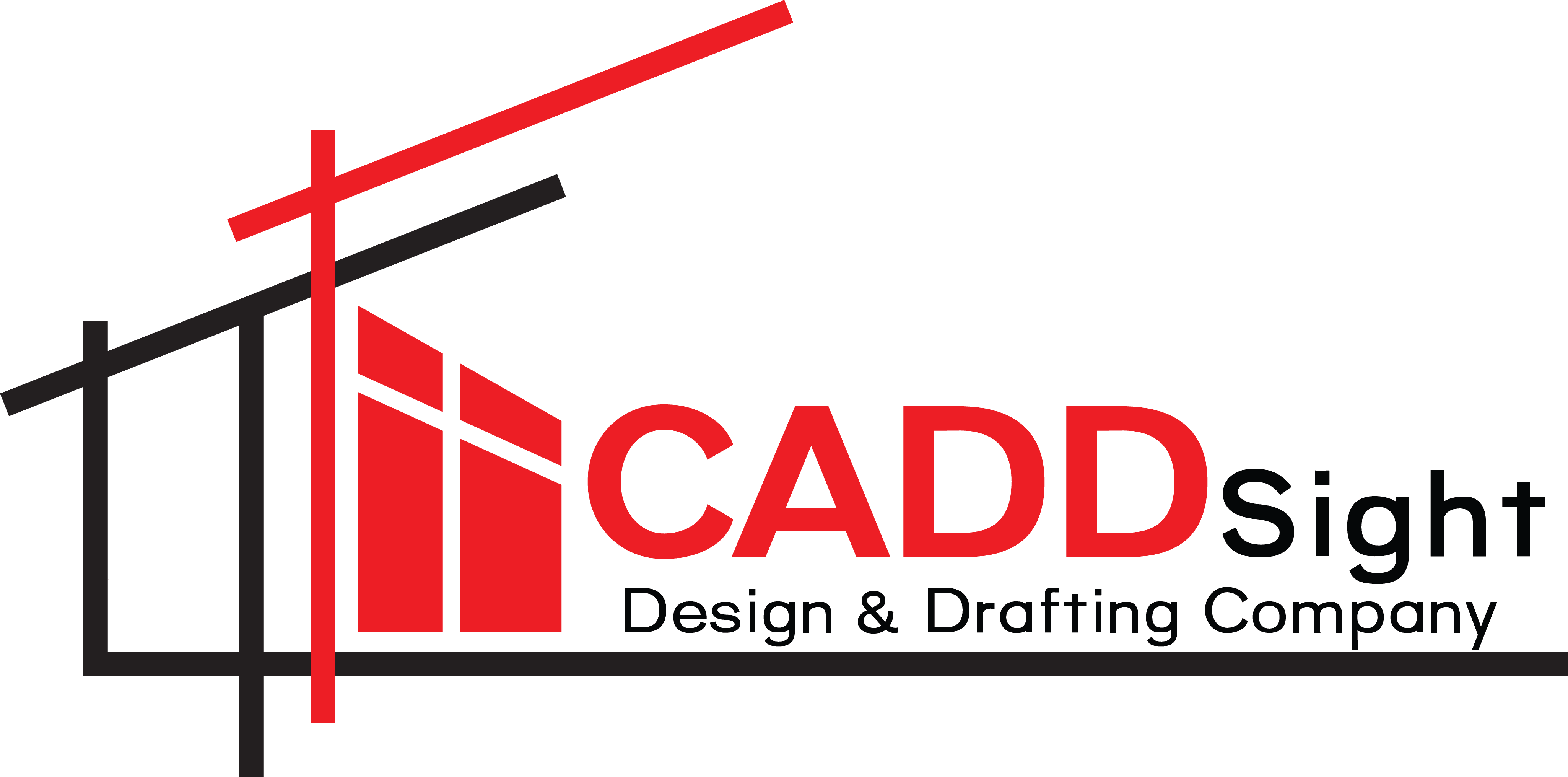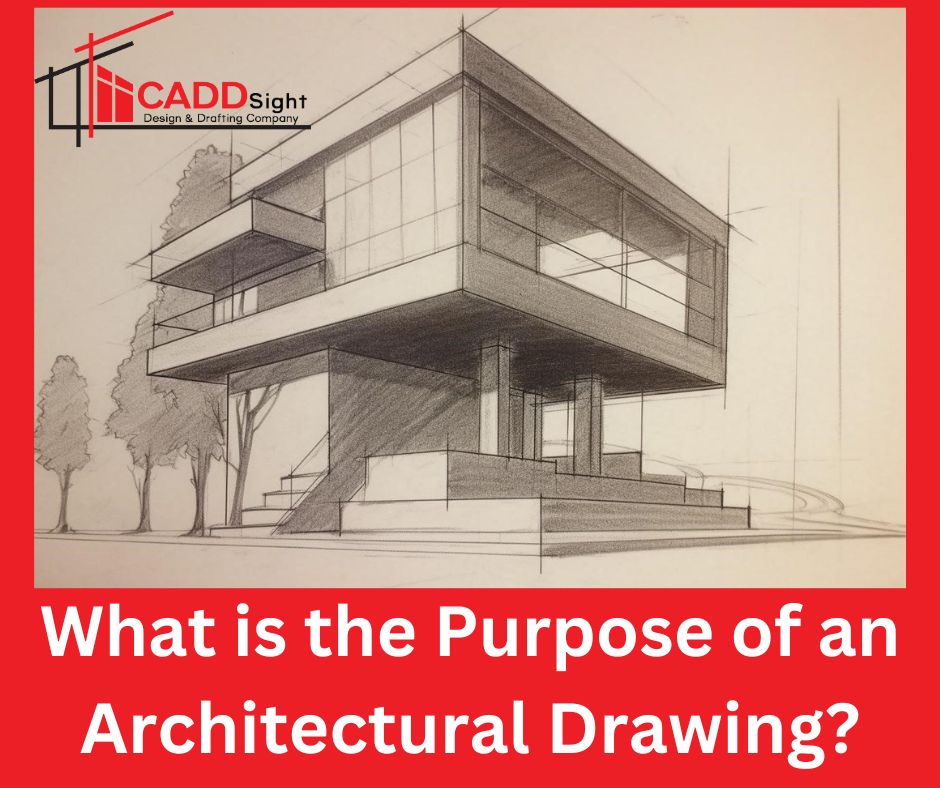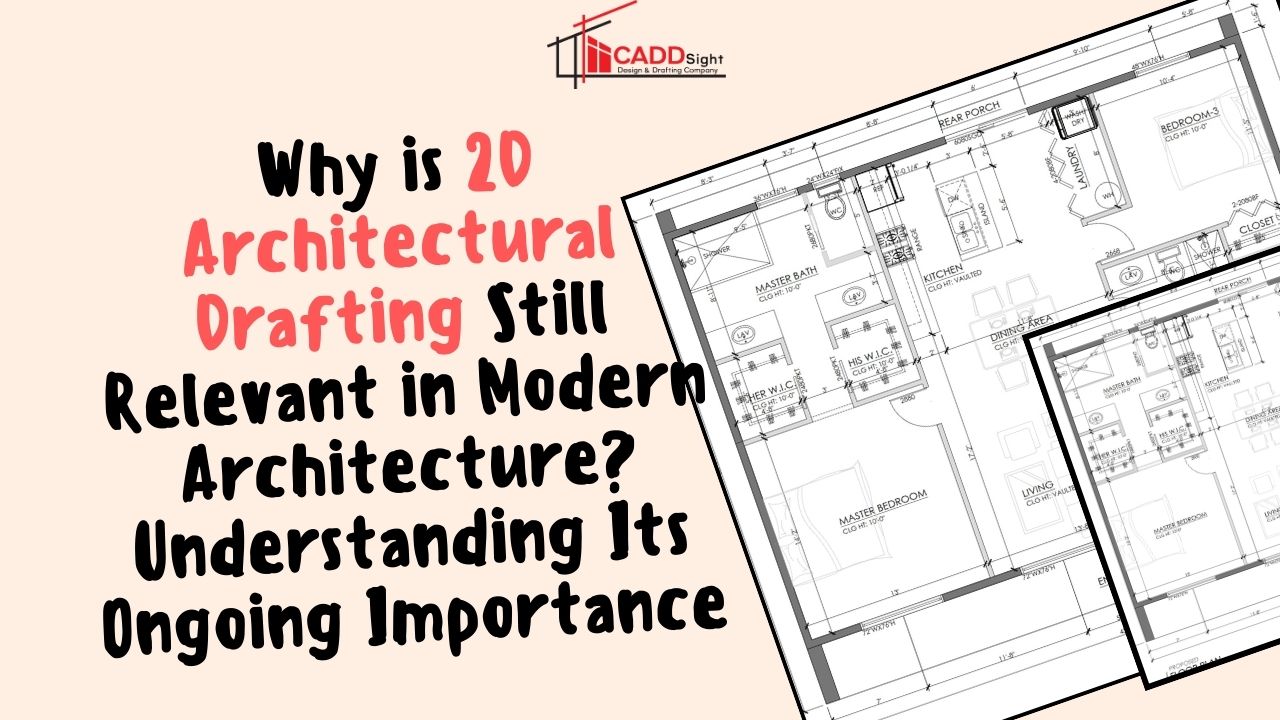In the construction field, where time is considered a key factor while implementing a project, the MEP aspect of a project can go a long way in dictating the success of the overall project. With complexity of building designs and adoption of new technologies in construction, it is even more necessary to enhance MEP. Having focused on efficient MEP drawings services and construction practices, this blog aims to explain the approaches that can be useful for avoiding common problems that become barriers for timely and effective construction project delivery, and for achieving optimal quality of construction at a reasonable cost.

Understanding the Importance of MEP Systems
MEP systems are the most important components and fundamental of any building constructions in the present world. They are all the mechanical systems such as heating, ventilation and air conditioning; the electrical systems such as wiring, lighting and power in addition to the plumbing systems including the water supply and sewage and drainage systems. Such systems impact not only the building’s performance but also energy efficiency and comfort of the occupants. Implementing these systems with the best practices results in both lower costs and the increased performance of the systems.
With Caddsight’s proficient MEP shop drawing services, you can give your home a fresh, modern feel by including the latest and most recent architectural designs and building processes.
Early Integration and Coordination
Perhaps the most important of all the MEP best practices include the implementation of MEP systems at the design stage. This is why it is extremely important to start coordinating with other MEP engineers, architects and other involved parties before construction starts to identify these and correct them. This is even made easier with the Building Information Modeling (BIM) tool which helps in developing 3D models of all MEP systems and how they interconnect with the building structure.
Advantages of Early Integration
Reduced Rework: Concerns are identified beforehand and this reduces the problems that may arise during construction hence curing expensive problems.
Improved Efficiency: This is because early planning assists in the design of inter-connected systems hence increasing efficiency.
Cost Savings: It is also important to point out that early identification of problems also means low costs to be incurred during the course of the project.
Emphasizing Energy Efficiency
Minimizing the use of energy should be another factor considered as important while designing and constructing structures in the present world. It is now common for an architect to include energy-efficient design features for the MEP systems in a building which in addition to cutting costs also ensures sustainability. Best practices for achieving energy efficiency include:
- Selecting Energy-Efficient Equipment: Consider modern HVAC systems, lighting and plumbing’s fixtures which are more efficient than the minimum standard efficiency rating.
- Implementing Smart Controls: Employ complex control systems and sensors in order to detect energy consumption patterns of the building according to its real-time requirements as well as occupancy rates.
Regular Maintenance: Work with every ‘MEP’ system to guarantee that all are properly maintained and serviced for superior performance.
Comprehensive Planning and Design
MEP systems therefore require adequate planning and design which is an important and undeniable fact. This involves not only working out all the technicalities right from the constructional drawings up to the design but also awareness of the architectural design of the building in question. Best practices include:
- Detailed Load Calculations: Correct load estimates for HVAC and electric system means that the systems are well sized and not oversized or undersized.
- Code Compliance: It helps to work in compliance with legislations and laws, as stipulated by the construction law within a locality in order to avoid the legal repercussions and for safety.
- Flexibility in Design: Flexible structures should be adopted to allow designers to incorporate future changes or additions into the design systems.
Caddsight is dedicated to providing high-quality Design and Drafting services that will alter your area.
Effective Communication and Collaboration
For any construction project to run smoothly, there is mandatory involvement of all those stakeholders and it is mandatory that there is active communication between the different stakeholders in the project and all the parties involved in the construction project. MEP systems are usually an interconnected system with other systems and since they are all interconnected it becomes important not to have interference. Best practices include:
- Regular Meetings: It is also important to have periodic or weekly meetings with all the stakeholders to check on the progress and work done, solve any problems that may have arisen and review the plans.
- Clear Documentation: Ensure that all MEP designs, changes, and installations are well recorded and updated at the suitable time.
- Collaboration Tools: Frequently communicate the progress of the project and all the other relevant info with the team relying on the special project management tools.
Quality Control and Testing
It is even more critical to maintain a good standard of MEP systems to increase their capacity to perform efficiently in the long run. That is why compliance with high levels of quality assurance and regular testing can eliminate problems and increase reliability. Best practices include:
- Pre-Installation Inspections: Perform examinations of the MEP elements before they are installed to detect the deficiencies that are contrary to the required specification.
- System Testing: Conduct exhaustive check on all the systems to ascertain that they work as is expected and that they meet the required specifications.
- Commissioning: Subscribe to the commissioning process in order to arrive at the confirmation that all the systems are working as expected.
Training and Knowledge Sharing
Towards this end, training and knowledge sharing amongst the project team is identified to play a critical role in enhancing the efficiency as well as the effectiveness of the MEP systems. Best practices in this area include:
- Training Programs: Make sure that all the employees involved in the installation and maintenance of MEP systems undergo a training process so as to acquaint them with the modern methods and equipment.
- Knowledge Sharing: The payment processing solutions must embrace knowledge exchange and learning to enhance the organization’s knowledge of the trending innovation and excellent practices.
Use Our Architectural & Structural Drafting Services



